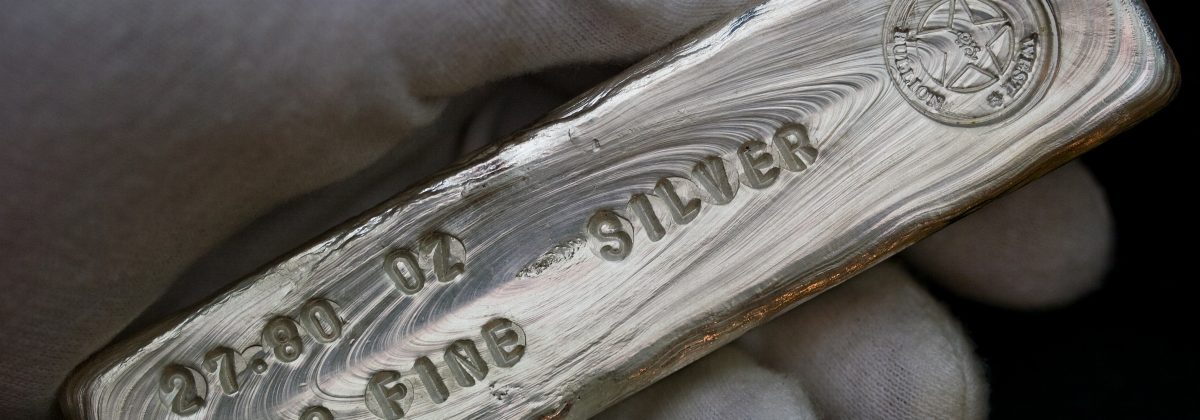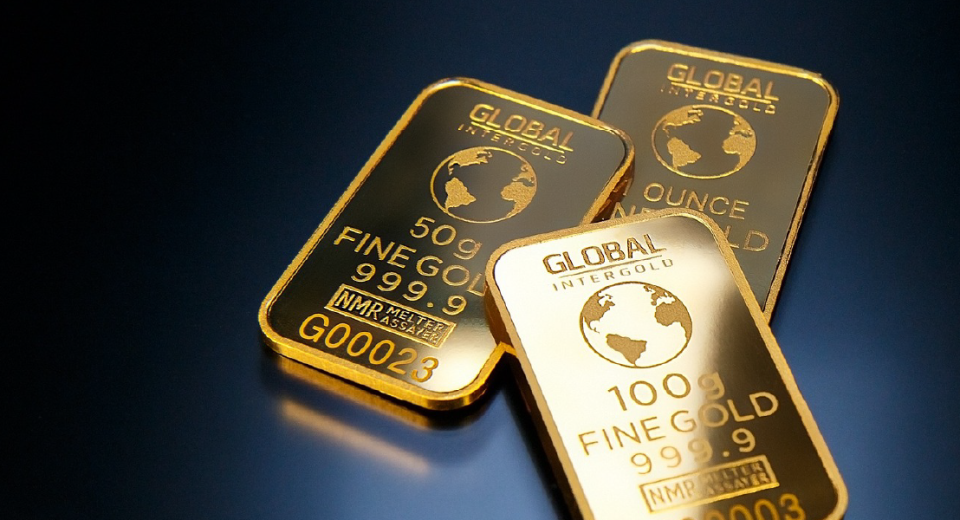Who First Discovered Silver and Gold?

Silver and gold are the two precious metals that have been the source of human obsession since time immemorial. Both metals have played an enduring role in human civilization. Great human achievements have been rewarded with gold and silver. They have been found both free in nature, and often in conjunction with each other.
The valuable nature of these metals has led them to be used as currency since ancient times, especially gold. Silver, on the other hand, has been used less as currency and more in day to day lives, owing to its excellent electric and heat conductivity. Archeological evidence suggests that they have been known to mankind for about 5,500 years now.
Silver: The Metal with Many Uses
Egyptians are believed to have extracted silver from gold by heating the metals with salt, and then reducing the silver chloride, obtained as a by-product of this process. Since it was more reactive than gold, its supplies were limited in native form, which made it more expensive than gold in Egypt in the 15th century BC.
By 4000 BC, silver was being extracted from lead in the Aegean Sea, by a method called Cupellation. One of the earliest sites of this extraction is recorded as Sardinia, in Europe.
By the 7th century BC, the Greeks were extracting it from Galena to make silver coins, which was an important part of the economy of the Ancient Roman and Greek civilizations. The rise of Athens, in fact, can be attributed to the massive silver mines at Laurium, which produced 30 tons of silver extracts a year, from 600 to 300 BC, while silver bullions lent stability to the Roman economy. The supply for these came from Spain, where Roman miners produced silver, in an unprecedented way, before the discovery of the New World.
In the Middle Ages, Central Europe became the main producer of silver. Some of these mines remained active till the industrial revolution. With the subsequent discovery of America, Central and South America became the leaders of silver production, till the 18th century. In the 19th century, North America became a dominant producer, with contribution from some areas of Russia and Australia.
Gold: The Most Precious Metal Ever Discovered
It is most likely that people discovered gold in streams and rivers around the world, in different countries. While some of these discoveries got recorded, others were lost to history. For now, gold can be traced back to early 4,000 BC, where civilizations that constitute modern day Eastern Europe made jewellery and other artifacts with the metal.
Around 1500 BC, Ancient Egypt made gold its official medium of exchange, owing to the vast reserves located in Nubia. In fact, one of the earliest known maps, known as the Turin Papyrus Map, shows the plan of a gold mine in Nubia, together with indications of the local geology. Shekel, a gold coin weighing 11.3 grams, became the official standard of measure in the Middle East.
In Lydia, a few hundred years later, the first pure gold coins were minted in 560 BC. The Romans began extracting gold on a large scale from 50 BC, by using hydraulic methods. They named their first coin Aureus, from where the symbol Au is derived to represent gold on the Periodic Table of Elements.
In the European exploration of the Americas, gold use was reported to be used in the form of ornaments by Native Americans. In 1066 AD, William the Conqueror of Normandy became the first king to begin a new metallic coin-based system of currency in England.
After that, we can see how gold became a source of contention between nations. Each had to amass huge reserves to show that it was wealthier than the rest, and sent their explorers to find reserves from all around the world.
Disclaimer
If you liked this educational article please consult our Risk Disclosure Notice before starting to trade. Trading leveraged products involves a high level of risk. You may lose more than your invested capital.




